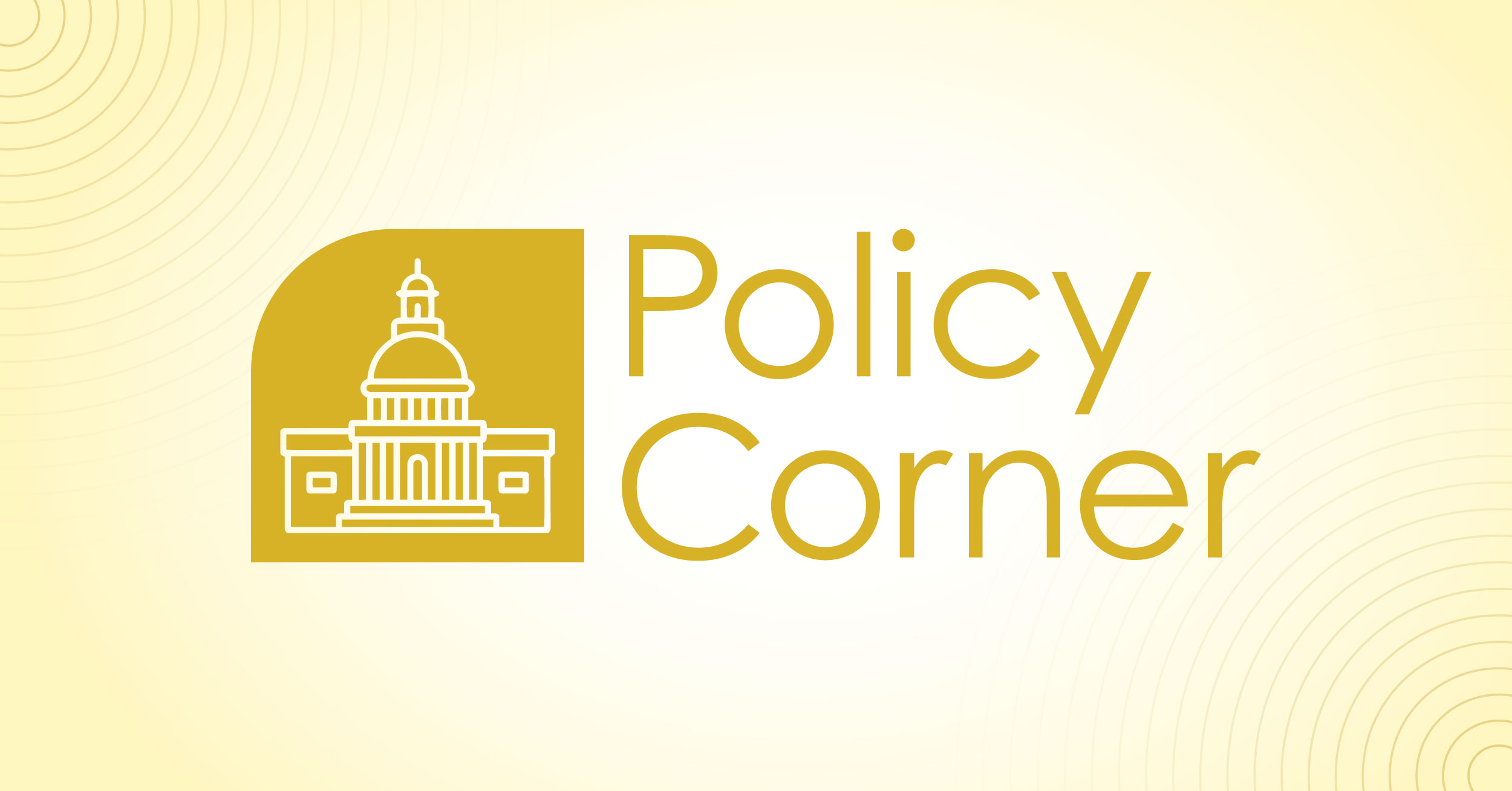Consortium successfully increases support for fuel cell electric buses

In May 2021, CTE submitted the final report of the Fuel Cell Electric Bus Commercialization Consortium (FCEBCC) to the California Air Resources Board (CARB) for approval, concluding a multi-year project that advanced hydrogen fuel cell electric bus technology in both concept and real-world use. CTE, Alameda-Contra Costa Transit District (AC Transit), and the Orange County Transportation Authority (OCTA) joined together in 2017 to create the FCEBCC with the objective to commercialize fuel cell electric buses.
With the help of numerous other project partners, this objective was mostly realized over the course of the past four years, evidenced by the efforts of at least seven transit agencies around the country to procure up to 85 fuel cell electric buses and build three new hydrogen fueling stations. The FCEBCC contributed to this commercialization by working with a host of project partners to demonstrate fuel cell electric vehicle performance and hydrogen station fueling efficiency, leading to increased orders of these vehicles and reduced production costs thanks to larger order volumes.
Naturally, such a market shift takes a village, as the saying goes. CARB's Low Carbon Transportation Investments and Air Quality Improvement Program (AQIP) funded the FCEBCC as part of the California Climate Investments (CCI) initiative. CTE was selected as one of three industry consortia tasked with developing and managing projects designed to advance the commercialization of fuel cell technology in the United States under the Federal Transit Administration's National Fuel Cell Bus Program. New Flyer, Ballard, Linde (now Messer), Transworld Associates (TWA), Trillium and Air Products also supported the project, providing invaluable expertise and resources in bus manufacturing, hydrogen supply, and fueling station design and build.
Collaborating for Commercialization
The FCEBCC engaged New Flyer to build 20 fuel cell electric buses total, 10 each for AC Transit and OCTA. Given the strategy to increase order volume by demonstrating the technology in the field, New Flyer's participation was crucial to achieving the FCEBCC's objectives. New Flyer produced a fuel cell electric bus, the XHE40, that can travel up to 300 miles on a single fill of hydrogen. The buses deployed via the FCEBCC project recorded more than 47,000 service hours since early 2020.
A critical part of commercializing fuel cell vehicle technology lies in proving that the fueling infrastructure can serve the needs of the vehicle applications. To support the FCEBCC deployments, OCTA installed a new hydrogen fueling station with a 50-bus capacity and upgraded its maintenance facility at the Santa Ana Bus Base, and AC Transit upgraded its existing hydrogen fueling capability. The project's fueling stations demonstrated hydrogen fueling of a single bus within 12 minutes, matching the typical 10 to 15-minute fueling time for diesel buses.
As a result of the successful bus operations and the fueling station demonstrations, the FCEBCC prompted a major uptick in interest surrounding fuel cell electric buses. New Flyer has deployed 25 next-generation 40-foot FCEBs: five at SunLine Transit, 10 at OCTA, and 10 at AC Transit. These deployments led to the 40-foot XHE40 and 60-foot articulated model, XHE60, being approved for purchase on the California state contract-meaning that California state agencies can purchase these buses without a competitive procurement process, furthering the opportunity for future commercialization.
The FCEBCC project also led to the purchase of over 40 buses combined by AC Transit, Golden Empire Transit District, Foothill Transit, North County Transit District, and the Champaign-Urbana Mass Transit District (CUMTD). These agencies are looking to procure up to 85 fuel cell electric buses in coming years and are expanding fueling stations and upgrading operating infrastructure.
While these are significant steps for fuel cell technology in the transportation world, the commercialization process is not finished. The unit cost of fuel cell electric buses will have to significantly decrease, likely by increasing order volume, for the technology to be widely accessible. However, these results show the growing commercialization opportunity of FCEBs and would not have been possible without the hard work of FCEBCC partner organizations and CARB's support for this pilot project. The New Flyer XHE40 FCEBs deployed due to CARB's CCI program have clearly shown that FCEBs can replace conventional diesel and CNG buses on a one-to-one basis and show the effectiveness of a path forward for future commercialization.

“Working together, we can usher in the future of transportation and achieve CTE's vision of a 100-percent carbon free transportation system in the U.S. and beyond. We don't just seek to deploy zero-emission vehicles, we seek a sustainable transportation system, capable of efficiently moving people and goods, while simultaneously creating clean, connected communities and a healthy climate for all.”
Dan Raudebaugh
-





